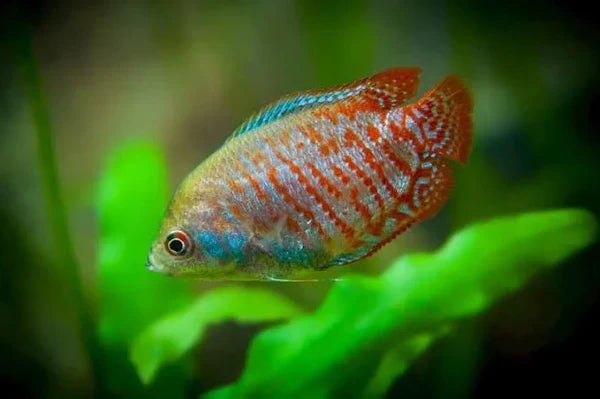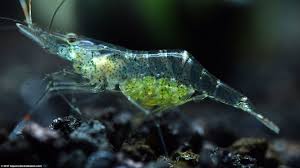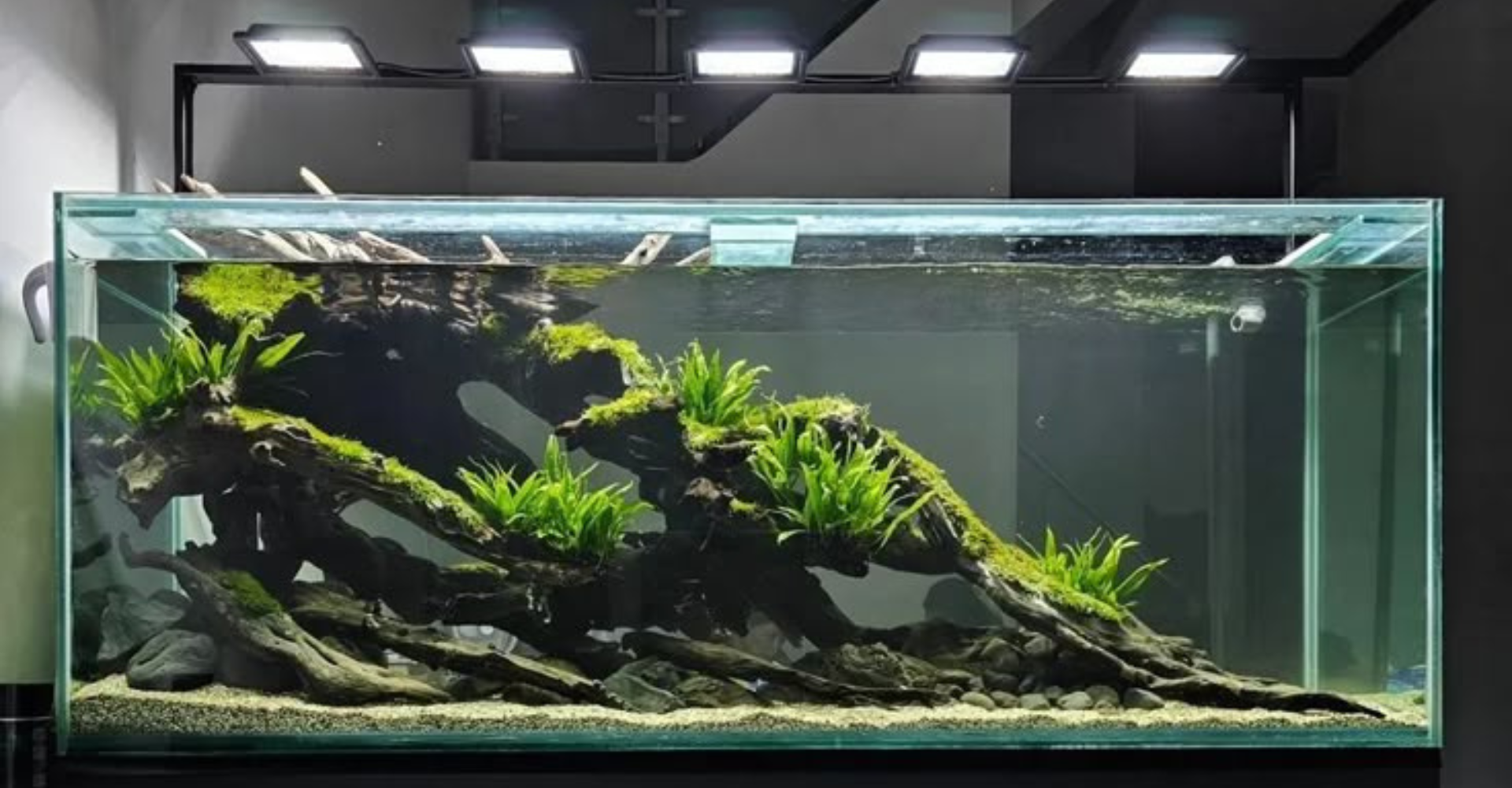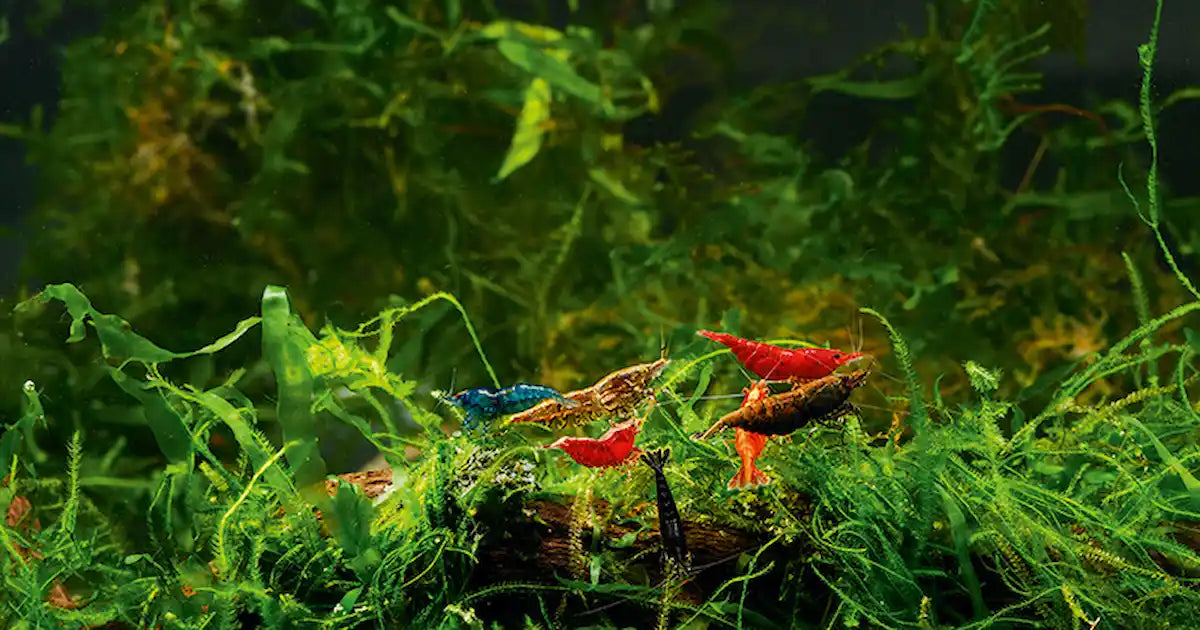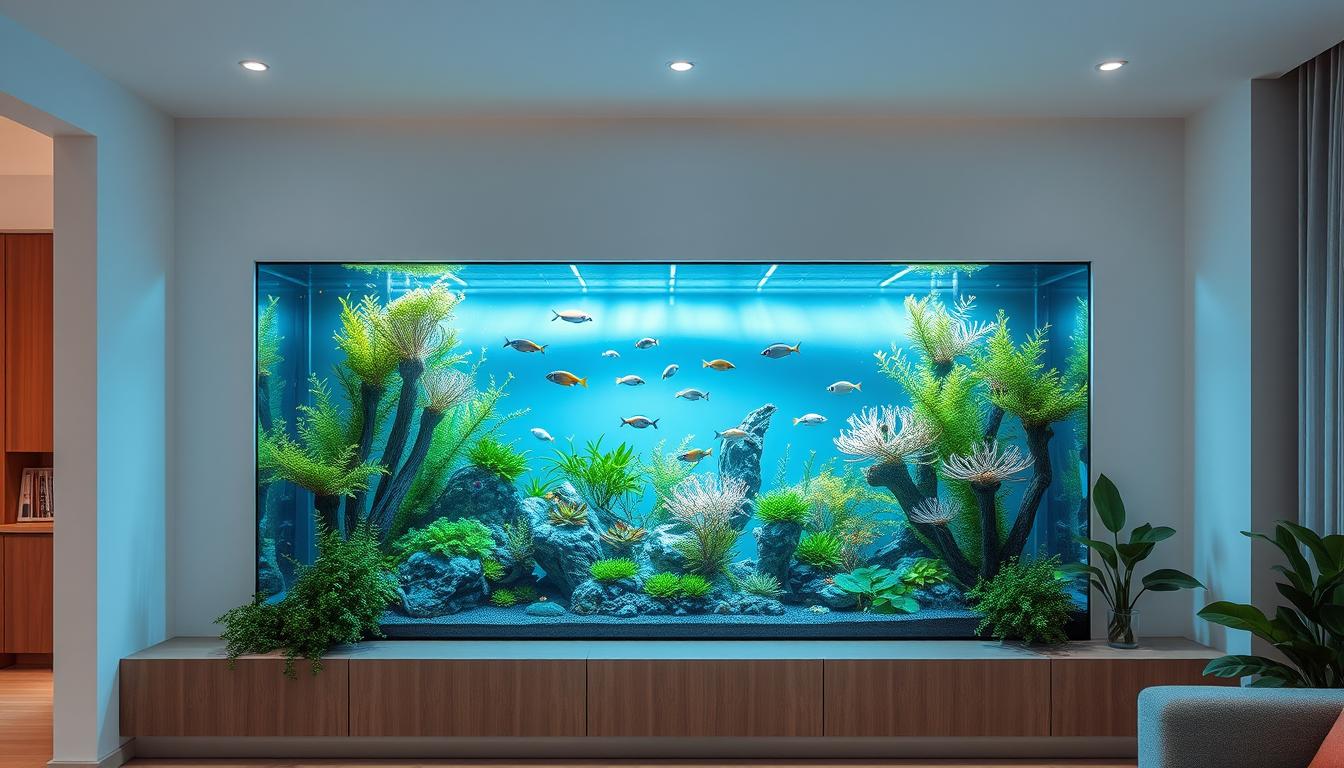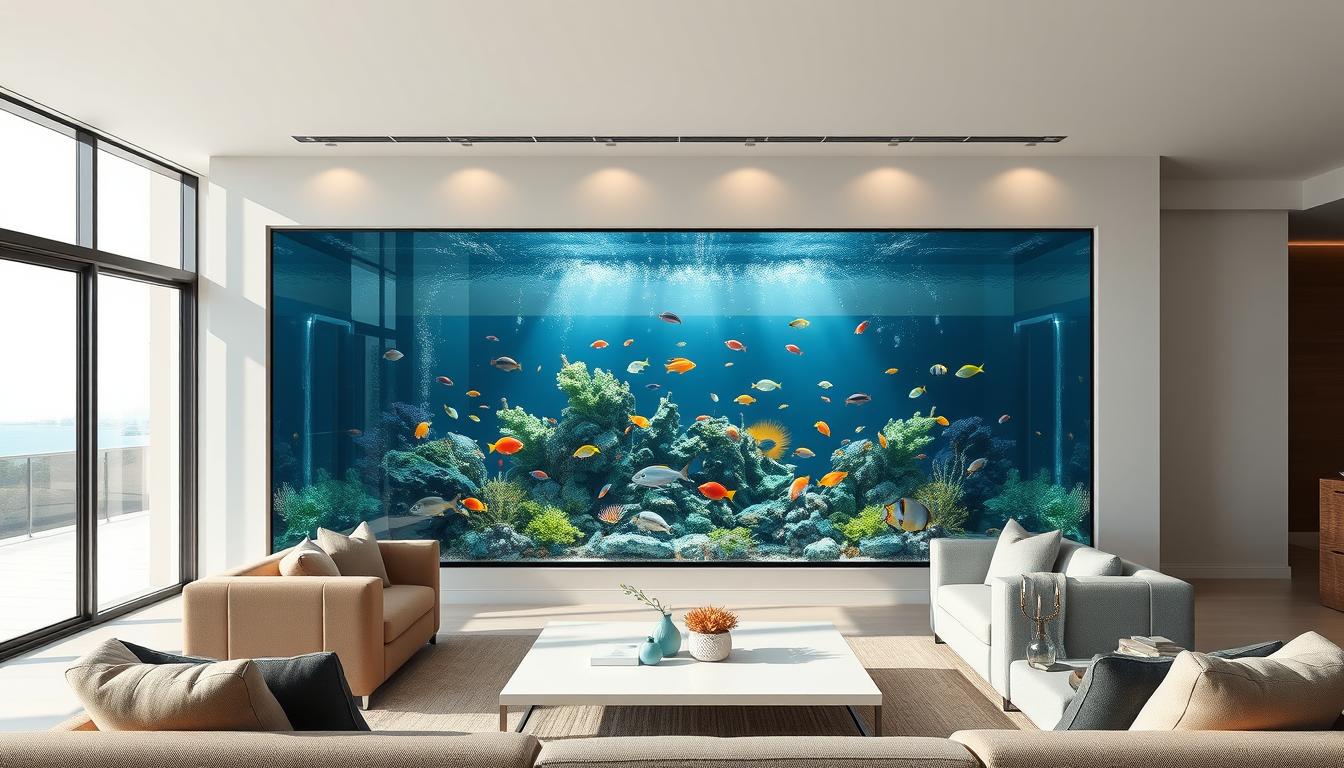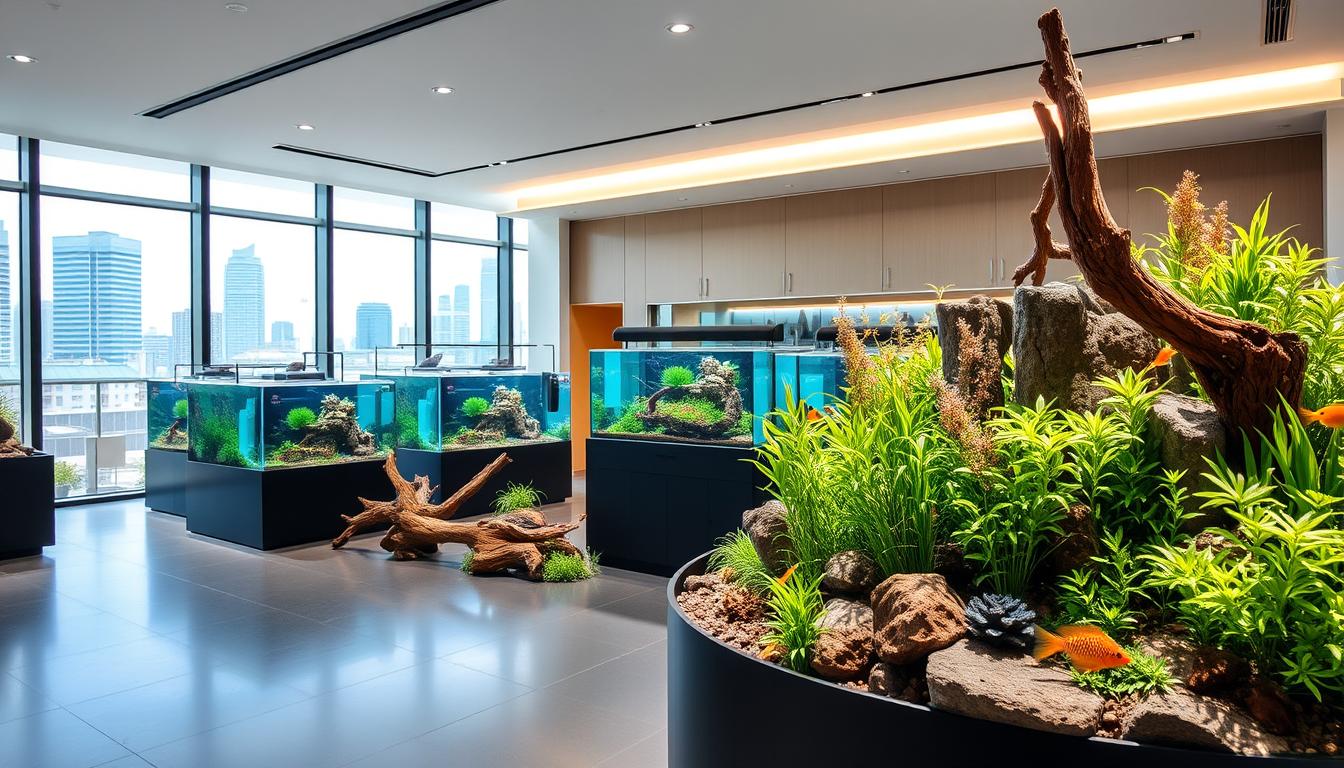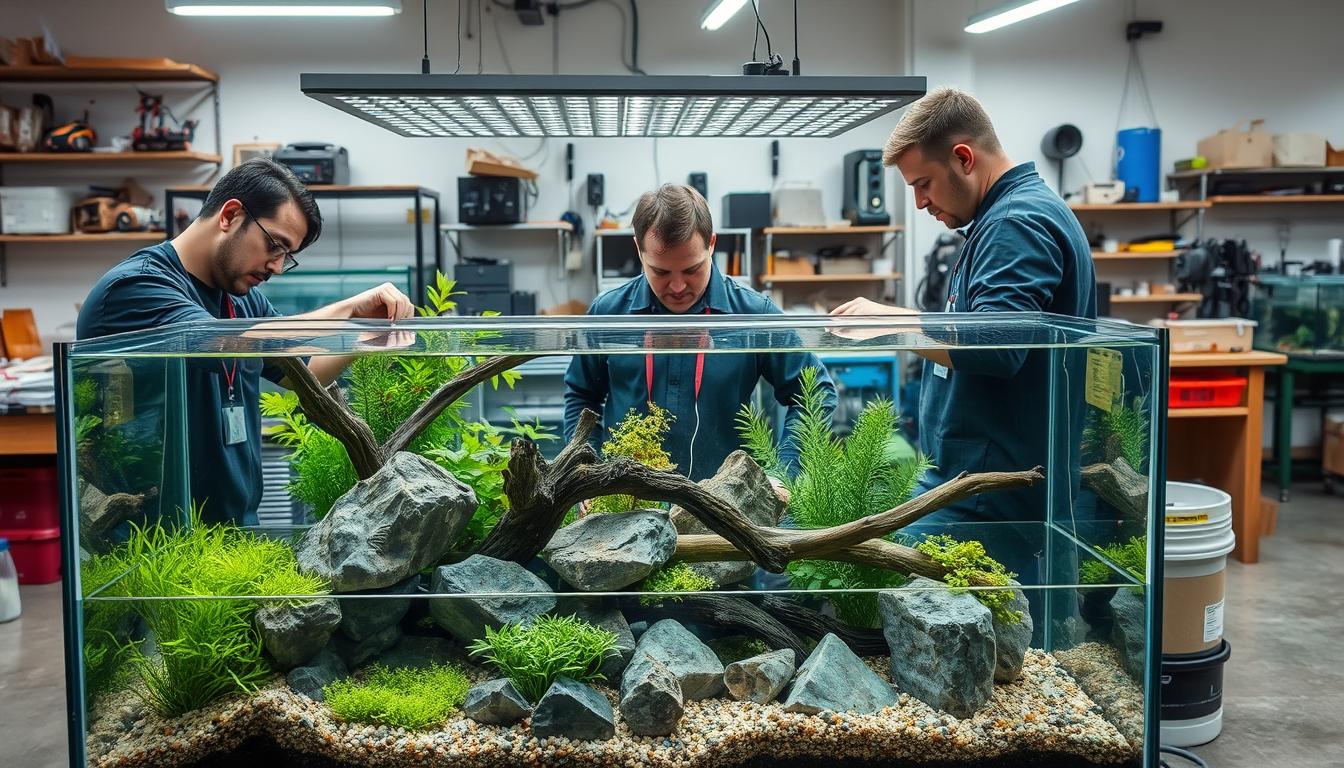Adding plants to your aquarium can create a more natural and healthy environment for your fish, and it can also create a more attractive aquarium for you to look at. Here are some top tips to help you grow aquatic plants with ease.
Choose the right plants.

BANANA LILY - NYMPHOIDES AQUATICA
The plants you choose for your aquarium are crucial to successfully growing plants there. If you choose plants based solely on their appearance, you can select plants with different parameter needs.
It is essential to choose plants that are appropriate for your tank type. You would want to avoid selecting saltwater plants for your freshwater tank.
Choosing plants that stand up to the hyperactive fish you keep would be best. Some plants are more fragile than others, making them more susceptible to being eaten or uprooted by fish. It would be best to ensure that your plants' needs match your tank's.
Choose the right plants: Not all houseplants can grow in an aquarium. Here are some plants that can grow well in an aquarium:
- Java fern
- Anubias
- Amazon Sword
- Java moss
- Water wisteria
- Electronic money
- Dwarf grass
- Marimo moss ball

Java moss

Java fern

Amazon Sword.
Invest in lighting.
Many affordable aquarium lights can help you grow plants. The main focus is finding the light that meets the needs of the fish and plants you choose.

Plants that require high light may require powerful, plant-specific lights that can be expensive. You can use an essential, inexpensive aquarium light if you choose plants with low light. You don't have to break a budget to get light for your aquarium, but you should know the lighting needs of the plants you choose. Plants that receive too little light will often drop all over your tank, and some may even die. Low-light plants that receive too much light can change colour or burn leaves.
Find out the best food for your plants.
Many types of aquatic plant food are on the market, but you must know what food your plants need before buying the first thing you see on the shelf. Some aquatic plants have roots attached to the substrate, while others cling to the water column. Some plants can get nutrients from one of two places.
Water column feed is usually easier to absorb. However, some plants can grow as nothing more than the waste your fish produce. Plants with roots attached to the substrate require a nutrient-rich substrate or root-knot, which needs to be placed regularly to provide adequate food. In contrast, others will require regular nutrient replenishment.
Provide the proper nutrients: Aquatic plants need nutrients to grow, which can be provided through a fertilizer designed for aquatic plants.

Maintain proper water conditions: Regular water changes and monitoring of water parameters such as pH, temperature, and water hardness are essential for the health of both plants and fish.
Pruning Plants.

Pruning is the best way to keep fast-growing plants from taking up your entire tank. Regular pruning will help the Tree grow better and stimulate total, healthy growth. However, you must research what pruning means for each type of plant. Some plants only need to be pruned or pruned as they grow, while others may require a more intensive pruning process. Buying an aquarium pruning kit can be an easy and affordable way to keep your plants growing and healthy.
Avoid buying seeds.
For those selling aquatic plants, achieving the growth you see in the picture can still be difficult. The plants in the photo are often grown in high-tech tank setups, which can be complicated and require much care. Like any plant, growing plants from seed is much more complex than buying pre-planted plants and simply keeping them alive.
Invest in the substrate.

The substrate you choose should be suitable for your plant type. Many people choose a substrate for nothing more than the look of the substrate and the aesthetic they have selected for their aquarium. However, some plants require particular substrates.
Knowing your plant's needs lets you choose the perfect substrate for the plants in your tank. Some substrates are specifically designed to support root growth, while others are inert and provide no nutrition. Some plants may need a compacted substrate, while others grow best when the roots spread and breathe. If the substrate isn't your thing, select plants that don't need a substrate, such as floating plants and clinging plants.
Plan Before Planting.
Before you buy plants for your aquarium, you need to plan how you want your aquarium to look. Buy plants and start sticking them into your substrate. You will likely find your aquarium overshadowed by tall plants for several months. When you buy plants, you can buy young plants that are still growing.

Make sure you know the maximum size each of your plants can grow. This will help you plan where to plant them in your aquarium to avoid obscuring your view. It will also help ensure that all of your plants are placed in a place that allows them to get plenty of light, as significant, floating plants can block sunlight from reaching smaller and shorter plants.
Wash new plants.
New plants are well known for their ability to bring things you might not want into your tank. Some species of snails and parasites can stay on new plants, while others can get algae or fungi into your tank. Properly washing your new plants can reduce the risk of potential pathogens in new plants.
Know how to grow crops.
Some plants cannot be grown in media, as the substrate can suffocate some plants, prevent healthy growth, and even lead to death.
Make sure you know how your new plants want to be grown before you begin. If you choose plants that like to stick to the surface, you must consider what to attach them to because they can die if planted in the medium. If you prefer a tank with an open bottom, choose plants that do not need to be grown in a medium because those plants will not survive without the medium.
Conclusion.
Choosing the right aquatic plants will ensure you successfully grow healthy and beautiful plants. Growing houseplants in an aquarium require attention to detail and care to provide the plants and fish thrive. Proper care will yield the healthiest aquatic plants, so researching is worth it.

